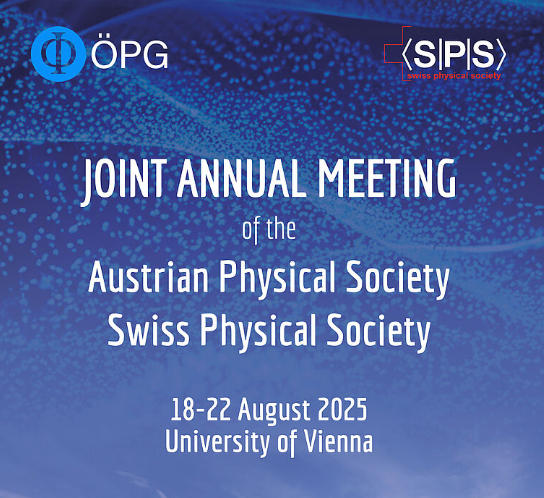https://doi.org/10.1140/epja/i2016-16076-3
Regular Article - Experimental Physics
Helium burning and neutron sources in the stars
1
SUPA, School of Physics and Astronomy, University of Edinburgh, Edinburgh, UK
2
Laboratori Nazionali del Gran Sasso (LNGS), Assergi, Italy
3
Sezione di Genova, Università degli Studi di Genova and INFN, Genova, Italy
4
Osservatorio Astronomico di Collurania, Teramo, Italy
5
South Dakota School of Mines and Technology, 57701, Rapid City, SD, USA
* e-mail: prati@ge.infn.it
Received:
31
July
2015
Accepted:
30
November
2015
Published online:
5
April
2016
Helium burning represents an important stage of stellar evolution as it contributes to the synthesis of key elements such as carbon, through the triple- process, and oxygen, through the 12C(
process, and oxygen, through the 12C( ,
, )16O reaction. It is the ratio of carbon to oxygen at the end of the helium burning stage that governs the following phases of stellar evolution leading to different scenarios depending on the initial stellar mass. In addition, helium burning in Asymptotic Giant Branch stars, provides the two main sources of neutrons, namely the 13C(
)16O reaction. It is the ratio of carbon to oxygen at the end of the helium burning stage that governs the following phases of stellar evolution leading to different scenarios depending on the initial stellar mass. In addition, helium burning in Asymptotic Giant Branch stars, provides the two main sources of neutrons, namely the 13C( , n)16O and the 22Ne(
, n)16O and the 22Ne( , n)25Mg, for the synthesis of about half of all elements heavier than iron through the s-process. Given the importance of these reactions, much experimental work has been devoted to the study of their reaction rates over the last few decades. However, large uncertainties still remain at the energies of astrophysical interest which greatly limit the accuracy of stellar models predictions. Here, we review the current status on the latest experimental efforts and show how measurements of these important reaction cross sections can be significantly improved at next-generation deep underground laboratories.
, n)25Mg, for the synthesis of about half of all elements heavier than iron through the s-process. Given the importance of these reactions, much experimental work has been devoted to the study of their reaction rates over the last few decades. However, large uncertainties still remain at the energies of astrophysical interest which greatly limit the accuracy of stellar models predictions. Here, we review the current status on the latest experimental efforts and show how measurements of these important reaction cross sections can be significantly improved at next-generation deep underground laboratories.
© SIF, Springer-Verlag Berlin Heidelberg, 2016





